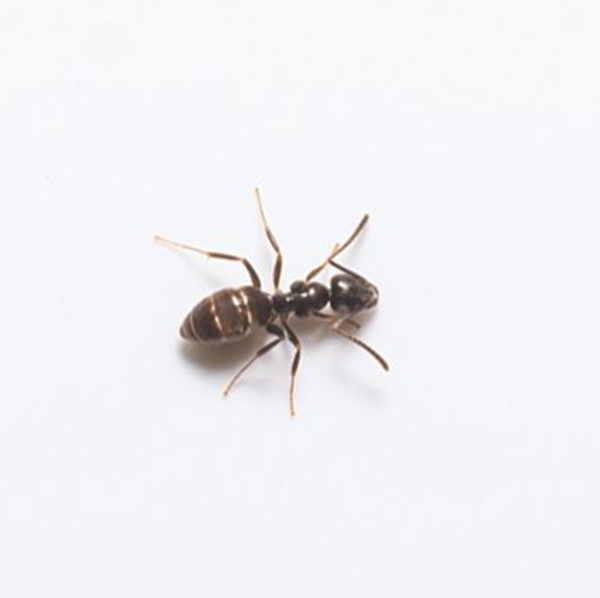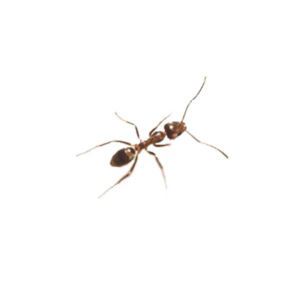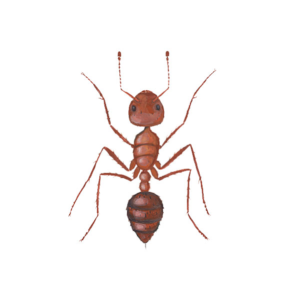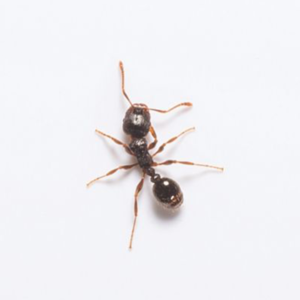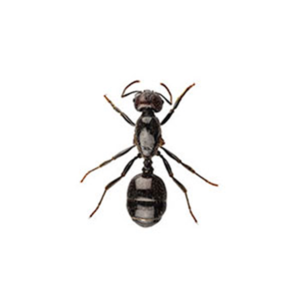Odorous House Ants in Memphis TN Metro Area
Odorous house ants are recognized for the unpleasant odor reminiscent of rotting coconuts that they release when crushed. Given their distinctive smell, these ants are among the most challenging household ants to manage. Interestingly, odorous house ants exhibit a lack of aggression between nests and actually cooperate with other ants, enabling them to dominate invaded areas. They are occasionally referred to as sugar ants and tend to establish their nests outdoors while feeding on the honeydew secreted by aphids and mealybugs. During rainy weather, when the plant’s honeydew may be washed away, they are more prone to invading homes.
Odorous House Ant Habitat
The odorous house ant displays a propensity for relocating their nests frequently and exhibits adaptability to various environments. When choosing a nesting site, these ants typically construct their nests in shallow soil, often beneath objects like boards or stones. They also favor stacked materials such as lumber, firewood, bricks, rocks, and cardboard as nesting sites. Odorous house ants venture into structures in search of food and can be found in kitchens and food preparation areas. When indoors, they prefer locations with moisture, such as wall voids near water pipes, heaters, leaking fixtures, and damaged wood, as these provide ideal habitats for them.
Odorous House Ant Behaviors, Threats, or Dangers
Even though odorous house ants prefer the outdoors and are non-aggressive, they can enter homes, particularly during rainy weather. Inside, they actively search for food, creating trails on kitchen counters, cabinets, sinks, and baseboards. This foraging behavior poses a risk of contaminating human food sources. These ants use invisible scent trails left by worker ants and scouts to guide hundreds of other ants to invade homes and businesses. If there is suspicion of an odorous house ant infestation, it is advisable to seek assistance from a professional ant exterminator.

